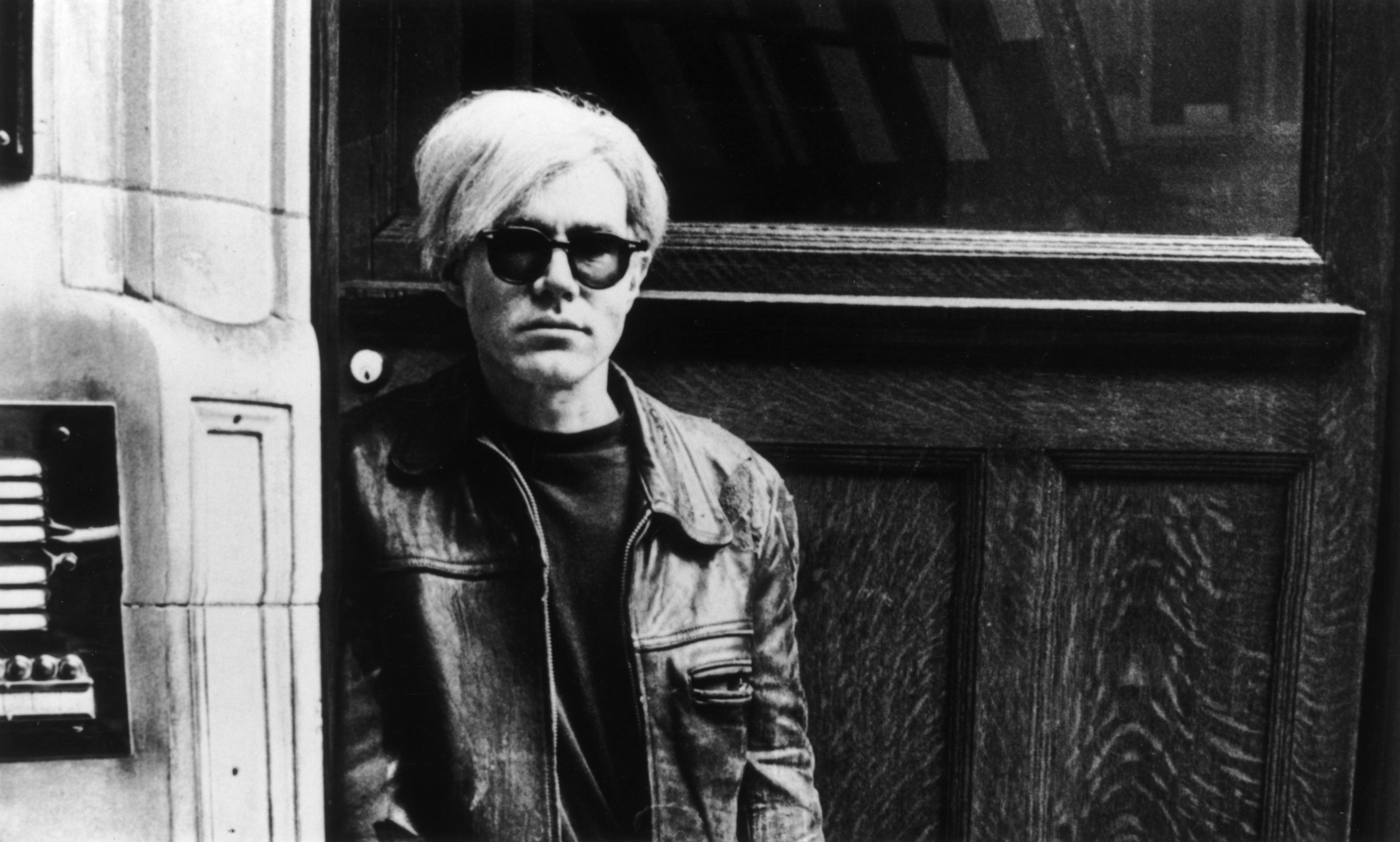
Pop art fans, rejoice! The Andy Warhol Foundation will release tens of thousands of the artist’s previously unseen photographs for the first time, including intimate images of the artist’s celebrity friends and lovers.
In total, 3,600 contact sheets featuring more than 130,000 images were acquired by Stanford University, which will digitize and release the images online as part of a new initiative called the Contact Warhol Project. Most have never been publicly shown, based on the markings on the contact sheets. Warhol only printed about 17 percent of the shots he took, the university said.
Taken between 1976 and his death in 1987, the photos offer a glimpse into the Pop artist’s private life and the cast of characters that made up New York’s infamous downtown scene in the 1980s. Writer Truman Capote is shown sprawling on a couch; Jean-Michel Basquiat poses for a portrait; and Debby Harry is seen mingling at a party. Meanwhile, hundreds of snaps document Warhol’s unfolding romance with his last boyfriend, Jon Gould. Other celebrities that make appearances include Michael Jackson, John Lennon, and Liza Minelli.
The pictures showcase Warhol’s obsession with documenting everything around him, from parties with famous friends to street signs. (He once said, “A picture means I know where I was every minute, that’s why I take pictures,” according to the Guardian.)
The Contact Warhol Project is led by Stanford art professors Peggy Phelan and Richard Meyer. Phelan says that a big part of the artist’s genius was how he approached everyday objects.
“His eye is incredible, everything interested him from trash cans, litter, detritus, and room service carts,” she told artnet News. “He took the same care photographing objects that most people would overlook as he would with a photoshoot with Liza Minelli. He had very little border between what’s visually compelling and dog walking signs.”
The archive, she explained, also demonstrated Warhol’s tireless work ethic: “There was no downtime, the distinction between daily life and artwork is completely obviated by this archive.”
The contacts sheets demonstrate that Warhol anticipated today’s image-driven culture, according to the professor. “He would take at least one roll of film per day, sometimes more,” she said. “He was very prescient about what we now do with cell phones, but at the time he was way in front of the curve. The habit of documenting our lives that many of us have acquired—he was doing that in 1976.”
Warhol fans won’t have to wait long to see the archived images. A selection of the unreleased photos will be exhibited at Stanford University’s Cantor Arts Center in September, and a book about the project will be published in the UK in November. The digital library will be launched online by the end of the year.